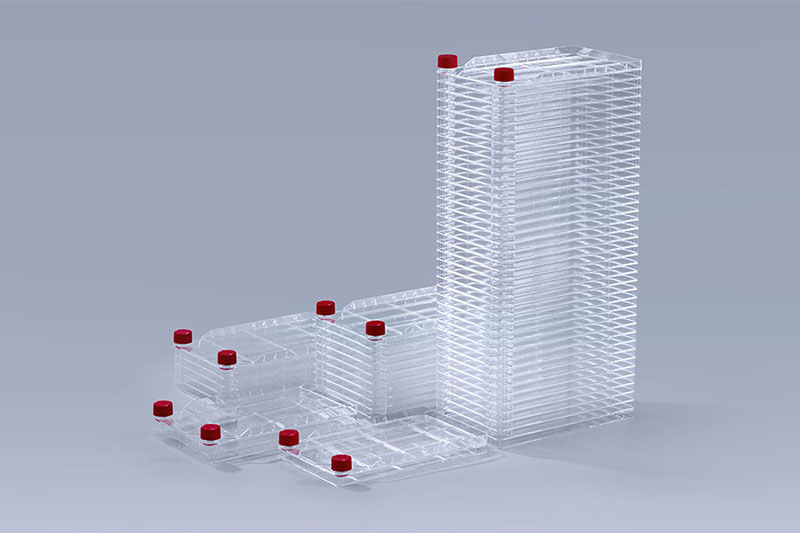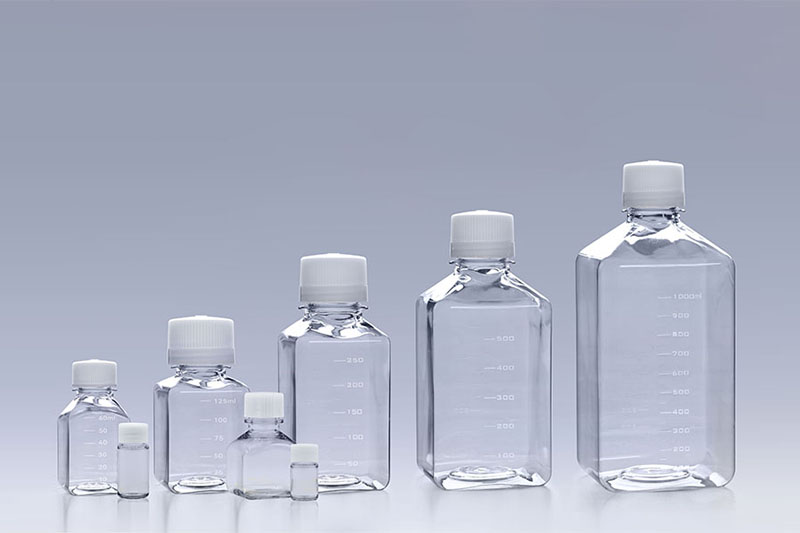LONDON--(BUSINESS WIRE) September 15, 2023 --GSK plc (LSE/NYSE: GSK) today announced that the US Food and Drug Administration (FDA) has approved Ojjaara (momelotinib) for the treatment of intermediate or high-risk myelofibrosis, including primary myelofibrosis or secondary myelofibrosis (post-polycythemia vera and post-essential thrombocythemia), in adults with anemia. Ojjaara is a once-a-day, oral JAK1/JAK2 and activin A receptor type 1 (ACVR1) inhibitor. To date, it is the only approved medicine for both newly diagnosed and previously treated myelofibrosis patients with anemia that addresses the key manifestations of the disease, namely anemia, constitutional symptoms, and splenomegaly (enlarged spleen).4
Nina Mojas, Senior Vice President, Oncology Global Product Strategy, GSK, said: “The vast majority of myelofibrosis patients eventually develop anemia, causing them to discontinue treatments and require transfusions. Given this high unmet need, we are proud to add Ojjaara to our oncology portfolio and address a significant medical need in the community. We look forward to helping improve outcomes in this difficult-to-treat blood cancer.”
Myelofibrosis is a blood cancer affecting approximately 25,000 patients in the US.4,5,6 Myelofibrosis can lead to severely low blood counts, including anemia and thrombocytopenia; constitutional symptoms such as fatigue, night sweats, and bone pain; and splenomegaly. About 40% of patients have moderate to severe anemia at the time of diagnosis, and nearly all patients are estimated to develop anemia over the course of the disease.7,8,9,10 Physicians have had limited treatment options to treat myelofibrosis patients with anemia. These patients often require transfusions and more than 30% will discontinue treatment due to anemia.3 Patients who are transfusion dependent have a poor prognosis and shortened survival.
Ruben A. Mesa, MD, FACP, President and Executive Director, Atrium Health Levine Cancer Center and Atrium Health Wake Forest Baptist Comprehensive Cancer Center, said: “With momelotinib we have the potential to establish a new standard of care for myelofibrosis patients with anemia. Addressing key manifestations of myelofibrosis, including anemia, constitutional symptoms and splenomegaly, makes a significant difference in the treatment regimen for these patients who have limited options to address these aspects of the disease.”
The FDA approval of momelotinib is supported by data from the pivotal MOMENTUM study and a subpopulation of adult patients with anemia from the SIMPLIFY-1 phase III trial. MOMENTUM was designed to evaluate the safety and efficacy of momelotinib versus danazol for the treatment and reduction of key manifestations of myelofibrosis in an anemic, symptomatic, JAK inhibitor-experienced population. The MOMENTUM trial met all its primary and key secondary endpoints, demonstrating statistically significant response with respect to constitutional symptoms, splenic response and transfusion independence, in patients treated with momelotinib versus danazol.2 SIMPLIFY-1 was designed to evaluate the efficacy and safety of momelotinib versus ruxolitinib in myelofibrosis patients who had not received a prior JAK-inhibitor therapy.1 Safety and efficacy results for SIMPLIFY-1 were based upon a subset of patients with anemia.
In these clinical trials, the most common adverse reactions were thrombocytopenia, hemorrhage, bacterial infection, fatigue, dizziness, diarrhea, and nausea.19
Kapila Viges, Chief Executive Officer, MPN (Myeloproliferative Neoplasms) Research Foundation, said: “We are thrilled to see momelotinib reach the clinic, giving patients and their physicians another option to help manage myelofibrosis. Any new treatment that takes steps toward unlocking the mysteries of this complex and chronic blood cancer represents great progress for the field.”
Momelotinib is currently not approved in any other market.
About Myelofibrosis
Myelofibrosis is a rare blood cancer that results from dysregulated JAK-signal transducer and activator of transcription protein signaling and is characterized by constitutional symptoms, splenomegaly, and progressive anemia. Myelofibrosis affects approximately 25,000 patients in the US.1,5,6
About the pivotal MOMENTUM clinical trial
MOMENTUM was a phase III, global, multicenter, randomized, double-blind study investigating momelotinib versus danazol in patients with myelofibrosis who were symptomatic and anemic and had been previously treated with an approved JAK inhibitor. The trial was designed to evaluate the safety and efficacy of momelotinib for treating and reducing key hallmarks of the disease: symptoms, blood transfusions (due to anemia) and splenomegaly.2 Results from the 24-week treatment period were presented at the 2022 American Society of Clinical Oncology (ASCO) Annual Meeting and subsequently published in The Lancet.
About the SIMPLIFY-1 clinical trial
SIMPLIFY-1 was a multicenter, randomized, double-blind, phase III study that compared the safety and efficacy of momelotinib to ruxolitinib in patients with myelofibrosis who had not received prior treatment with a JAK inhibitor. Safety and efficacy results for SIMPLIFY-1 were based upon a subset of patients with anemia (hemoglobin <10 g/dL) at baseline. The efficacy of momelotinib in the treatment of patients with myelofibrosis in SIMPLIFY-1 was based on spleen volume response (reduction by 35% or greater).
About Ojjaara (momelotinib)
Ojjaara has a differentiated mechanism of action, with inhibitory ability along three key signaling pathways: Janus kinase (JAK) 1, JAK2, and activin A receptor, type I (ACVR1).2,6,22,23 Inhibition of JAK1 and JAK2 may improve constitutional symptoms and splenomegaly.2,6,23 Additionally, inhibition of ACVR1 leads to a decrease in circulating hepcidin, which is elevated in myelofibrosis and contributes to anemia.2,6,22,23
Source: https://www.drugs.com/newdrugs/fda-approves-ojjaara-momelotinib-myelofibrosis-patients-anemia-6093.html
The FAI climbed 5.9 percent year-on-year in the first 11 months of 2018, quickening from the 5.7-percent growth in Jan-Oct, the National Bureau of Statistics (NBS) said Friday in an online statement.
The key indicator of investment, dubbed a major growth driver, hit the bottom in August and has since started to rebound steadily.
In the face of emerging economic challenges home and abroad, China has stepped up efforts to stabilize investment, in particular rolling out measures to motivate private investors and channel funds into infrastructure.
Friday's data showed private investment, accounting for more than 60 percent of the total FAI, expanded by a brisk 8.7 percent.
NBS spokesperson Mao Shengyong said funds into weak economic links registered rapid increases as investment in environmental protection and agriculture jumped 42 percent and 12.5 percent respectively, much faster than the average.
In breakdown, investment in high-tech and equipment manufacturing remained vigorous with 16.1-percent and 11.6-percent increases respectively in the first 11 months. Infrastructure investment gained 3.7 percent, staying flat. Investment in property development rose 9.7 percent, also unchanged.
 English
English



















































 Cell Factory Systems
Cell Factory Systems 10L PC Carboys
10L PC Carboys PETG Media Bottles
PETG Media Bottles